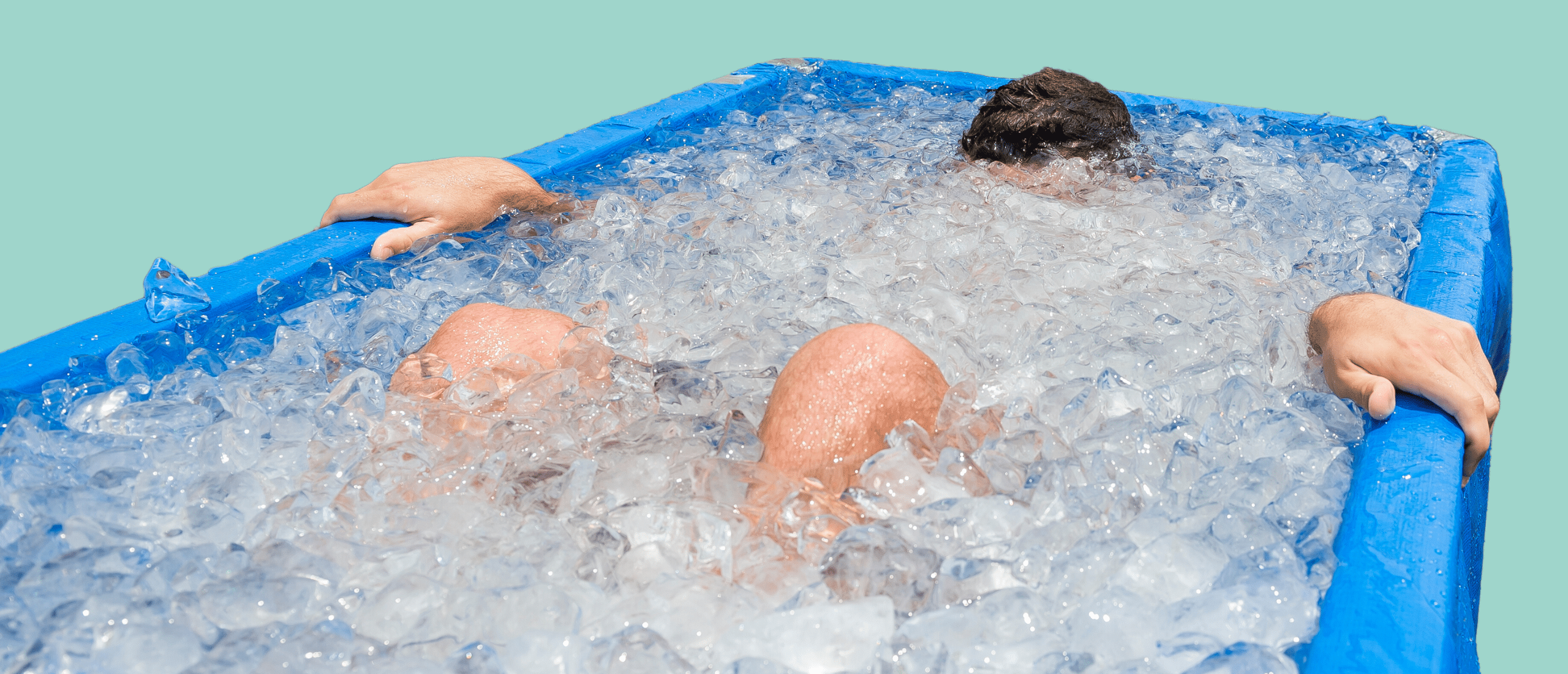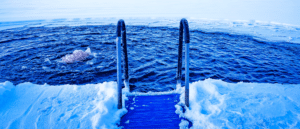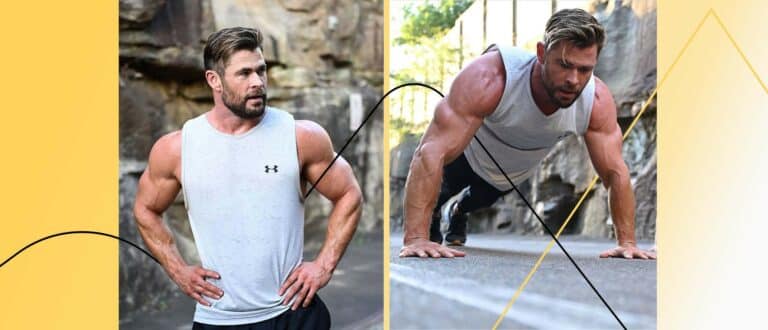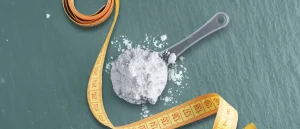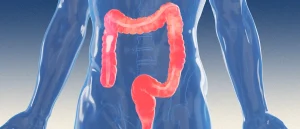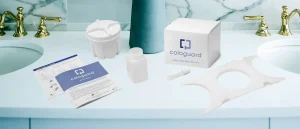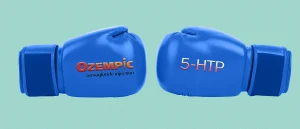How Andrew Huberman Gets the Biggest Benefits from Cold Therapy
W
hether you jump in a cold shower first thing in the morning, or set up a Wim Hof style ice bath, getting cold on purpose has been shown to promote longevity by boosting blood flow, reducing pain, and improving immunity (1).
Extreme athletes like Ross Edgely also love cold exposure therapy for its ability to reduce post-workout soreness (2).
But there’s a right way—and wrong—way to embrace cold exposure, says neuroscientist Andrew Huberman.
Huberman sat down with Joe Rogan on a recent episode of the Joe Rogan Experience to discuss the right protocol for deliberate cold exposure.
Hate the Cold? You’ll Get the Most Benefits
If you’re someone that avoids the cold at all costs, Huberman says you’ll benefit from cold therapy the most.
“In the moment if you were to measure somebody’s inflammation, you’d say ’This person is dying. They’re in a terrible state.’ It’s like getting open heart surgery without anesthesia the way some people react to the ice bath,” Huberman says. “That really acute adrenaline spike, that pain that you feel creates a higher pain threshold later.”
These acute pain pathways activated by cold exposure “do exactly what exercise does” by creating a “higher threshold for work output.”
You Don’t Have To Chill for Long
Huberman points to research that 11 minutes of cold exposure per week is enough to reap the benefits of increased brown fat thermogenesis, which can boost core body metabolism (3). He suggests taking breaks in between 1-5 minute cold sessions, which can even be paired with heat exposure therapy.
Put Your Face In
Huberman says he used to avoid putting his head in the ice bath until the very last second. But now he follows research that suggests that putting your face in the cold water at the beginning of the cold exposure session can activate your mammalian diving reflex (4).
This reflex, in turn, activates the parasympathetic activity in the autonomic nervous system— science speaks for lowering your heart rate, making you calmer, and increasing your tolerance for stress, says Huberman.
He says that this can also help you avoid headaches during your session, which some guys who don’t dip their noggin under experience from the temperature difference between their head and their body.
Avoid After Hypertrophy Training
Avoid cold exposure for at least four hours after hypertrophy exercise. Six is even better, says Huberman.
Hypertrophy training is any exercise that you do with the sole purpose of increasing your muscle mass instead of focusing on building strength. The anti-inflammatory effects of cold exposure can actually limit hypertrophy, which will reduce the effectiveness of your gain-building workout if you hop in an ice bath too soon (5).
Don’t Sit Still
Sitting still in an ice bath creates a “thermal layer” around your body— while this is good for survival, it’s not so great for increasing your pain threshold. In a blog post, Huberman suggests moving your limbs while you keep your hands and feet in the water. This will increase the “potency” of the cold without needing to make the water colder.
References
- Mooventhan, et al (2014). Scientific Evidence-Based Effects of Hydrotherapy on Various Systems of the Body.
- Moore, et al (2022). Impact of Cold-Water Immersion Compared with Passive Recovery Following a Single Bout of Strenuous Exercise on Athletic Performance in Physically Active Participants: A Systematic Review with Meta-analysis and Meta-regression.
- Soberg, et al (2021). Altered brown fat thermoregulation and enhanced cold-induced thermogenesis in young, healthy, winter-swimming men.
- Kyriakoulis, et al (2021). The Implications of the Diving Response in Reducing Panic Symptoms.
- Peake, et al (2020). The Effects of Cold Water Immersion and Active Recovery on Molecular Factors That Regulate Growth and Remodeling of Skeletal Muscle After Resistance Exercise.



